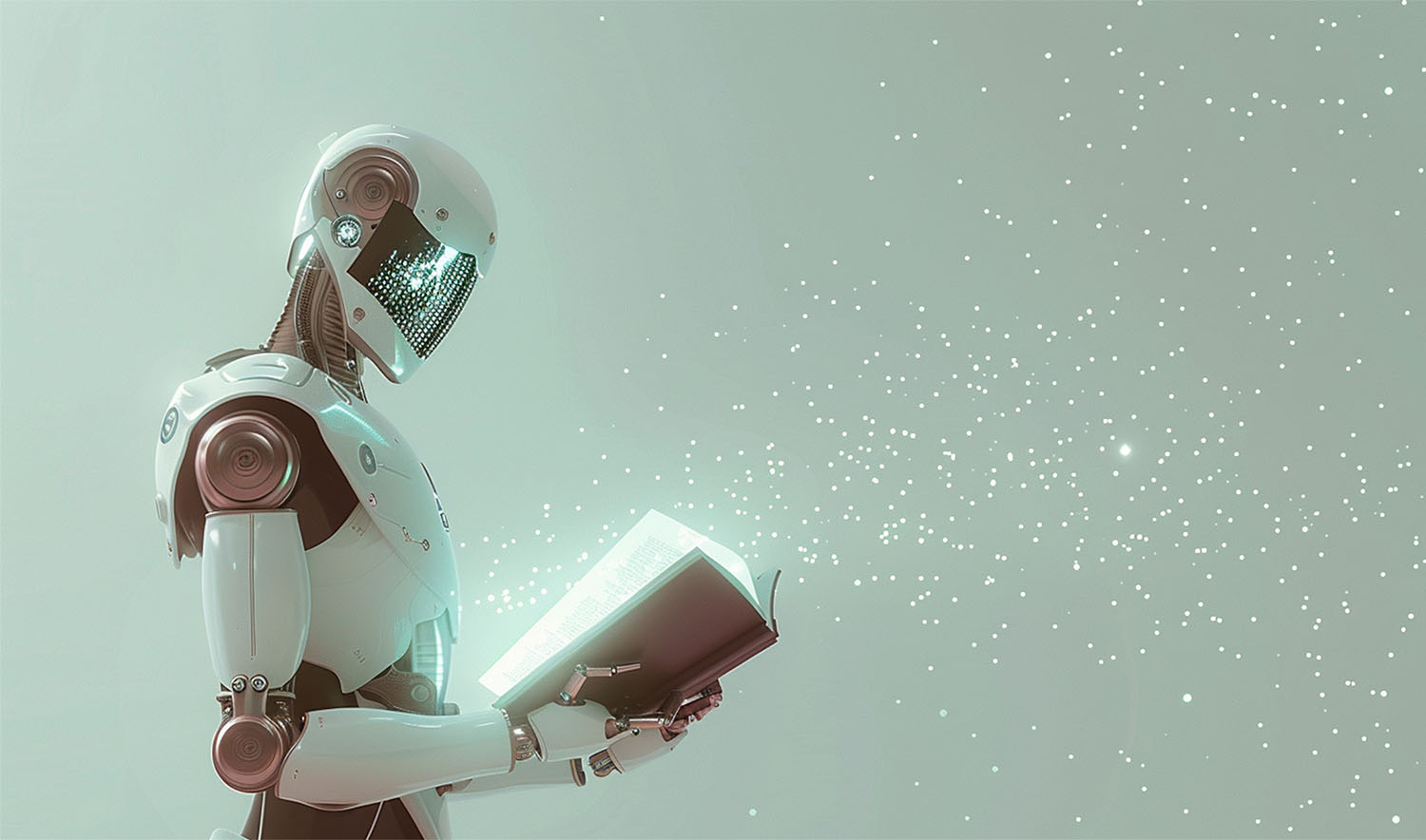Elon Musk, in an interview with Fox News, issued a stark warning: “Artificial Intelligence could destroy humanity!” This alarming statement isn’t isolated, as other tech leaders and scientists, including OpenAI’s Sam Altman, Google DeepMind’s Demis Hassabis, and Anthropic’s Dario Amodei, have also expressed concerns, urging a sober assessment of AI’s widespread use risks.
The fear that AI might develop a will of its own and turn against humans isn’t new, yet AI development continues unabated. Does this mean everything is under control?
Experts believe AI, like any technology from a simple spoon to a supercomputer, impacts human life based on how we choose to use it. One of AI’s key strengths is its ability to learn, process vast data, analyze, extract essential information, translate, create texts, summarize, recognize speech, and more, tasks previously thought to be solely within human capability.
AI is typically categorized into two types: narrow AI, designed for specific tasks, and general AI, which theoretically matches an adult human brain’s capabilities. The Turing Test can help differentiate between the two, where if you can’t tell if you’re interacting with a human or AI, it’s considered strong AI.
This possibility alarms many, fearing AI might “take over the planet” or displace humans in numerous job sectors, potentially leading to widespread unemployment.
In education, there’s concern about AI’s impact on future generations. What if kids only interact with machines and lose touch with human interaction? Will traditional schooling become obsolete, with students relying on tools like Chat GPT for answers?
However, AI could enhance education rather than replace teachers. The 2019 Beijing Consensus on AI and Education by UNESCO addresses this, focusing on inclusive, quality education for all. AI could help make education more accessible and continuous, especially for those in third-world countries or with disabilities.
AI in education can offer personalized learning, aiding students at different learning paces and preferences, exemplified by platforms like Thinkster Math. It can also serve as a teacher’s assistant, handling routine tasks and allowing teachers to focus on more crucial aspects like individual student attention.
Adaptive learning technologies can make education accessible for students with disabilities, offering tools for text-to-speech and speech-to-text, like the Dragon Anywhere app, improving learning experiences for students with various needs.
Moreover, AI can streamline administrative tasks in education, from student onboarding to performance tracking, leaving more room for creative and meaningful teacher-student interactions.
The future of AI in education is still unfolding, with both opportunities and challenges. While there’s fear AI might replace human teachers entirely, a more balanced approach sees AI as a tool to enhance the educational process, taking over repetitive tasks and allowing for a more personalized, engaging learning experience.
In conclusion, the impact of AI in education, like any innovation, depends on how we choose to use it. AI has the potential to be a significant asset in education worldwide, supporting teachers and personalizing learning experiences for students.

